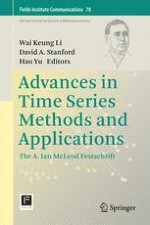2016 | OriginalPaper | Chapter
Business Resilience During Power Shortages: A Power Saving Rate Measured by Power Consumption Time Series in Industrial Sector Before and After the Great East Japan Earthquake in 2011
Author : Yoshio Kajitani
Published in: Advances in Time Series Methods and Applications
Publisher: Springer New York
Activate our intelligent search to find suitable subject content or patents.
Select sections of text to find matching patents with Artificial Intelligence. powered by
Select sections of text to find additional relevant content using AI-assisted search. powered by
